The phenomenon of dancing raisins in carbonated beverages has long captivated both children and scientists alike. This simple yet mesmerizing experiment, often conducted in kitchens and classrooms, reveals surprising principles of physics and chemistry. When dropped into a glass of soda, raisins initially sink to the bottom, only to be buoyed up by bubbles of carbon dioxide, creating a whimsical dance that resembles tiny elevators in a fizzy swimming pool.
The Science Behind the Dance
At first glance, the dancing raisin might seem like mere entertainment, but it’s a perfect demonstration of density and gas exchange. Raisins are denser than water, which causes them to sink initially. However, the carbon dioxide bubbles in the soda adhere to the rough surface of the raisins. As these bubbles accumulate, they decrease the overall density of the raisin-bubble combination, allowing it to rise to the surface. Once at the top, the bubbles pop, and the raisin, now denser again, sinks back down. This cycle repeats, creating the playful "dance."
The process is a microcosm of buoyancy principles seen in larger-scale phenomena, such as submarines or hot air balloons. The raisins act like miniature vessels, their buoyancy dynamically changing with the adherence and release of gas bubbles. This makes the experiment not just a visual delight but also an accessible lesson in fluid dynamics.
Why Carbonation Matters
Not all liquids can make raisins dance. The key lies in the carbonation—the dissolved carbon dioxide gas that gives soda its fizz. When the bottle or can is sealed, the gas remains dissolved under pressure. Once opened, the pressure drops, and the gas begins to form bubbles, seeking escape. These bubbles need nucleation sites to form, and the crevices on a raisin’s surface provide the perfect anchor.
Flat soda won’t produce the same effect because most of the CO₂ has already escaped. Similarly, using smooth objects like marbles instead of raisins won’t work, as their surfaces lack the necessary texture for bubbles to cling to. This specificity makes the experiment a great way to discuss solubility and gas-liquid interactions in an engaging manner.
Beyond Raisins: Other Dancing Objects
While raisins are the classic choice, other small, dense objects with irregular surfaces can also perform this fizzy ballet. Lentils, small pasta pieces, or even bits of cereal have been known to dance in soda. Each material interacts slightly differently with the bubbles, offering variations in speed and movement. This opens up opportunities for experimentation—comparing how different objects behave or testing various carbonated liquids to see which produces the most vigorous dancing.
Some adventurous experimenters have even tried using candy-coated objects, like chocolate-covered raisins, to see how the added layer affects the dance. The results can be unpredictable, as the coating may dissolve or alter the bubble adhesion, adding another layer of scientific inquiry to the fun.
Educational Applications
Teachers and parents have long used the dancing raisin experiment to introduce young learners to scientific concepts. It’s a hands-on way to explore questions like: Why do the raisins sink first? Why do they rise only after a while? What happens if we use a different liquid? These questions lead to discussions about density, gas behavior, and even the properties of materials.
For older students, the experiment can be a springboard into more complex topics, such as fluid mechanics or the thermodynamics of gas dissolution. It’s a reminder that science isn’t confined to textbooks—it’s happening all around us, even in a glass of soda.
A Culinary Curiosity
Beyond its educational value, the dancing raisin phenomenon has also piqued the interest of food scientists and chefs. The interplay of texture, gas, and liquid can inspire creative culinary techniques. Imagine a dessert where tiny fruits or candies "dance" in a carbonated sauce, adding an element of surprise to the dining experience. While this might be more whimsical than practical, it underscores how scientific principles can influence culinary innovation.
Some molecular gastronomists have experimented with infusing carbonation into unexpected foods, playing with the same principles that make raisins dance. The result is often a delightful blurring of the lines between food and science.
The Joy of Simple Experiments
In an age of high-tech entertainment, the dancing raisin experiment stands out for its simplicity. All it takes is a clear glass, some soda, and a handful of raisins to create a moment of wonder. It’s a reminder that science doesn’t require expensive equipment or elaborate setups—sometimes, the most profound lessons come from the humblest materials.
Whether you’re a child seeing it for the first time or an adult revisiting it with fresh eyes, the sight of raisins bobbing in a bubbly pool never loses its charm. It’s a tiny, fizzy reminder of the joy of discovery.
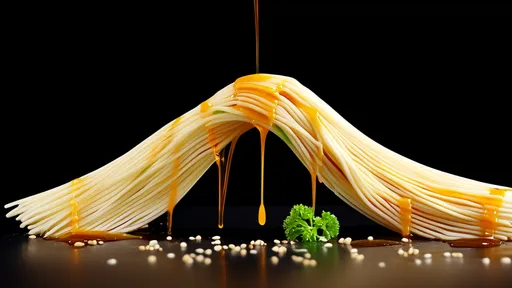
By /Jul 7, 2025
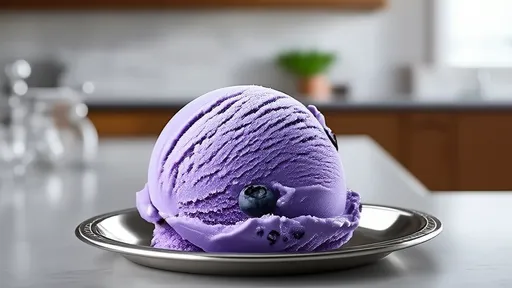
By /Jul 7, 2025

By /Jul 7, 2025
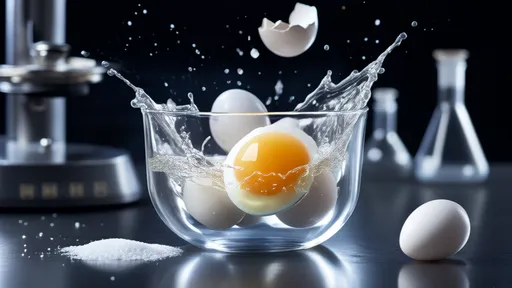
By /Jul 7, 2025
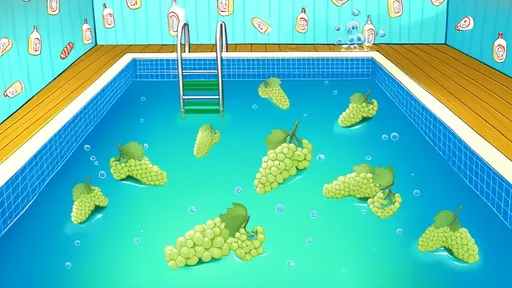
By /Jul 7, 2025

By /Jul 7, 2025
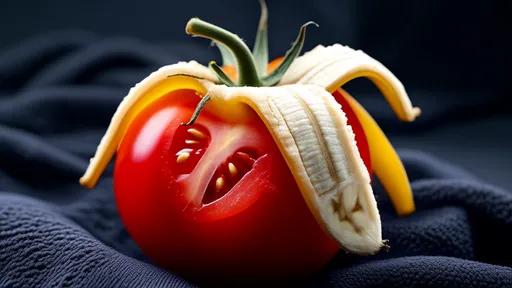
By /Jul 7, 2025
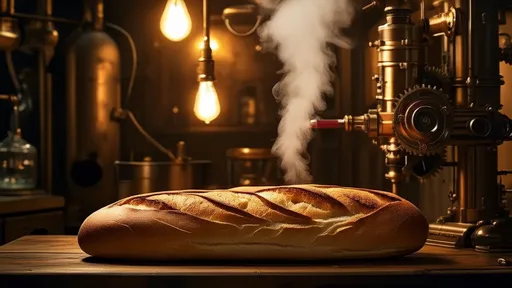
By /Jul 7, 2025
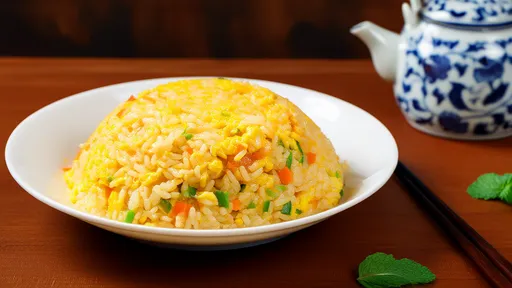
By /Jul 7, 2025

By /Jul 7, 2025
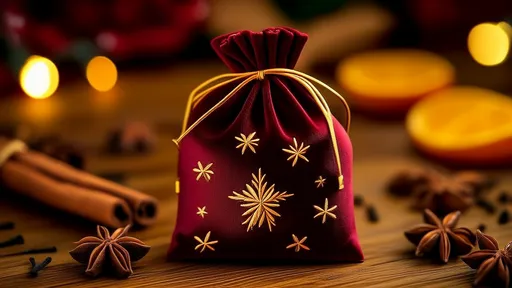
By /Jul 7, 2025

By /Jul 7, 2025
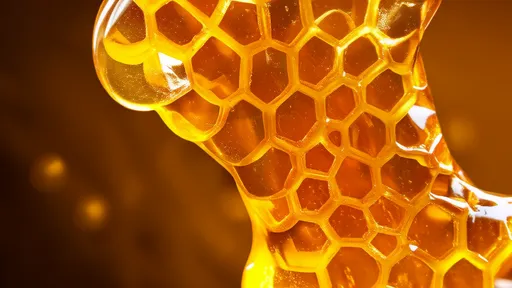
By /Jul 7, 2025
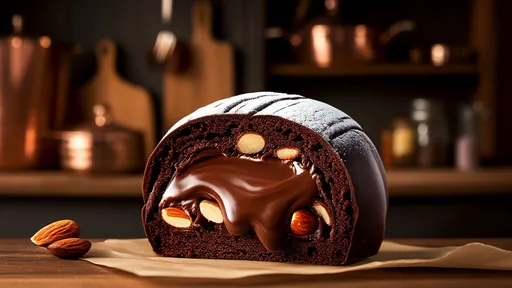
By /Jul 7, 2025
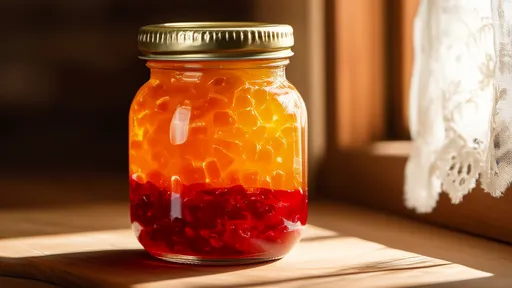
By /Jul 7, 2025
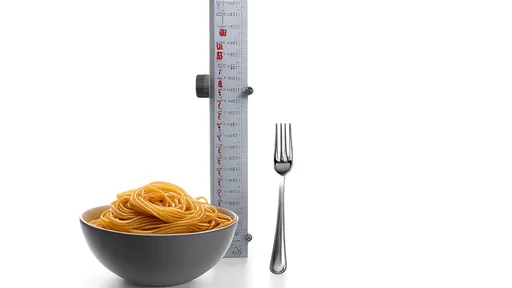
By /Jul 7, 2025
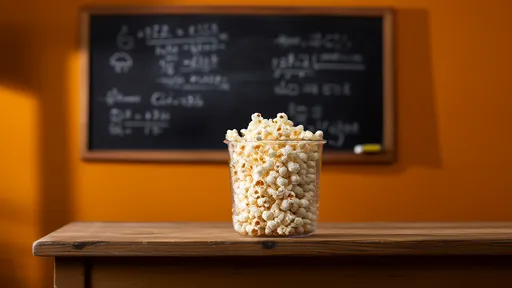
By /Jul 7, 2025
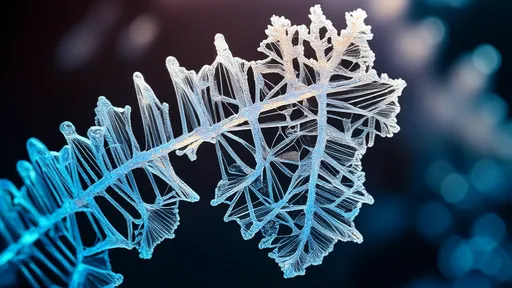
By /Jul 7, 2025